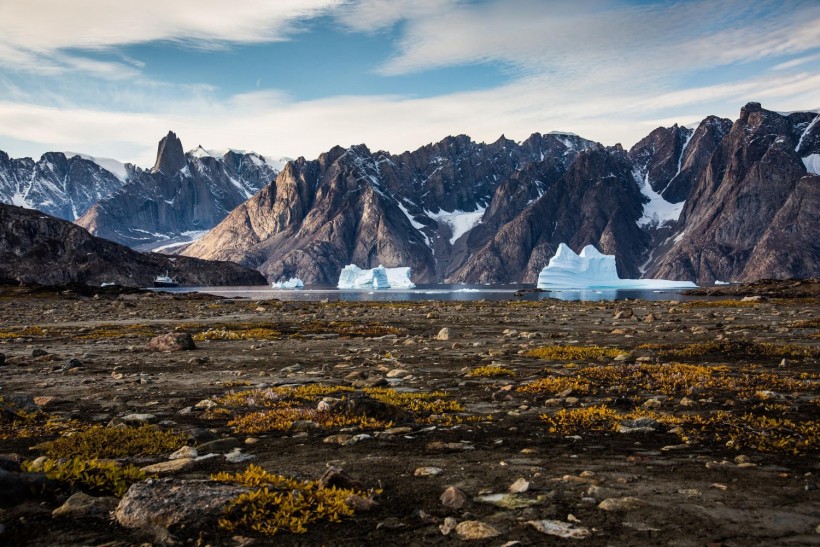Glaciologist Andrea Fischer is concerned about the Jamtal glacier. If the snow and ice melt quicker than before, priceless scientific data will be lost forever. The scientist said that she could not have imagined it would ever melt as dramatically as this summer - the archive is melting away, as reported by Phys.org.

Mountains Snow Glacier
Jamtal Glacier Status
Fischer is the vice director of the Institute for Interdisciplinary Mountain Research at the Austrian Academy of Sciences. She has spent more than 20 years searching Jamtal and four other Alpine glaciers across Austria's highest peaks, seeking the oldest regions of ice.
Such ice formations are a rare time capsule dating back thousands of years, providing scientists with the information they need to reconstruct Earth's climate in the distant past. She said the glaciers are a priceless repository of information because, as they formed, the ice-encased twigs and leaves can now be carbon-dated.
In addition, scientists can determine when ice accumulated during colder periods or when milder conditions caused it to melt based on the age of such material and the depth at which it was discovered.
However, the glaciers are already melting fast, especially in the isolated and constrained Jamtal valley, not far from where tourists discovered Oetzi, the Iceman's breathtakingly well-preserved 5,300-year-old mummy, in the 1990s.
According to the International Commission for the Protection of the Alps, temperatures in Europe's highest mountains have increased by about two degrees Celsius in the past 120 years, almost twice the global average.
Since then, the nearly 4,000 glaciers in the Alps have emerged as one of the most obvious effects of global warming. If this trend continues, the Jamtal glacier will cease to exist in five years.
The Jamtal glacier typically loses three feet of its surface each year, but it has already lost more than a meter this year. There are at least two more summer months during which the glacier will be completely exposed to the light. Most glacier ice is typically shielded from the sun by snow until September, but the meager snow that fell last winter had already melted by early July.
By the end of the summer, roughly 300 years' worth of climate records-or seven meters-of depth will have melted off the surface.
ALSO READ: Landslides Found to Influence Glacial Shifts, Changes Movement and Melting of Ice Masses
Jamtal Glacier Collection of Data
To understand previous climates and develop forecasts for the future, scientists require the information that the glaciers retain. In order to collect data, Fischer and her team drilled on the Jamtal and other neighboring glaciers, removing ice samples up to 14 meters deep.
They are forced to take extra safety precautions as temperatures rise and the glaciers grow more unstable. Eleven people died in a glacial ice slide.
The Alpine Club is already providing a "Goodbye, glacier!" tour through the formerly ice-filled valley in Galtuer, the closest village to Jamtal with 870 inhabitants who rely primarily on tourism. The campaign was executed to increase awareness of the effects of climate change.
The scientists discovered that roughly 20 plants, mainly mosses, had taken over where the ice had receded in just three years. Larches are expanding in some locations.
According to Sarah Mattle, president of the Alpine Club, "If the glacier is gone in five years, that's a shame, because it's part of the landscape."
RELATED ARTICLE: The Imminent Collapse of the "Doomsday Glacier"
Check out more news and information on Glaciers on Science Times.














